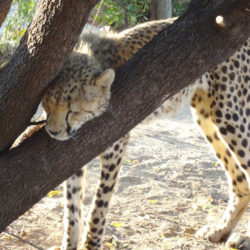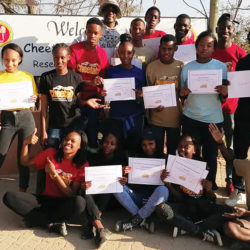UNAM Katima campus students visit CCF
-
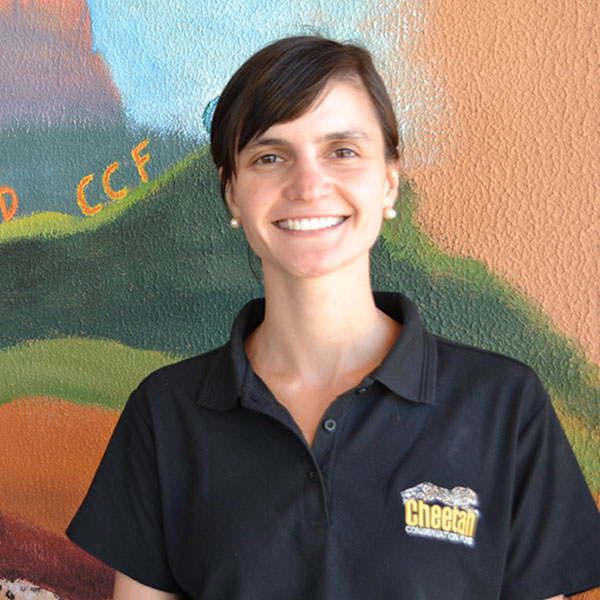
- by Carolina Torres November 28, 2018
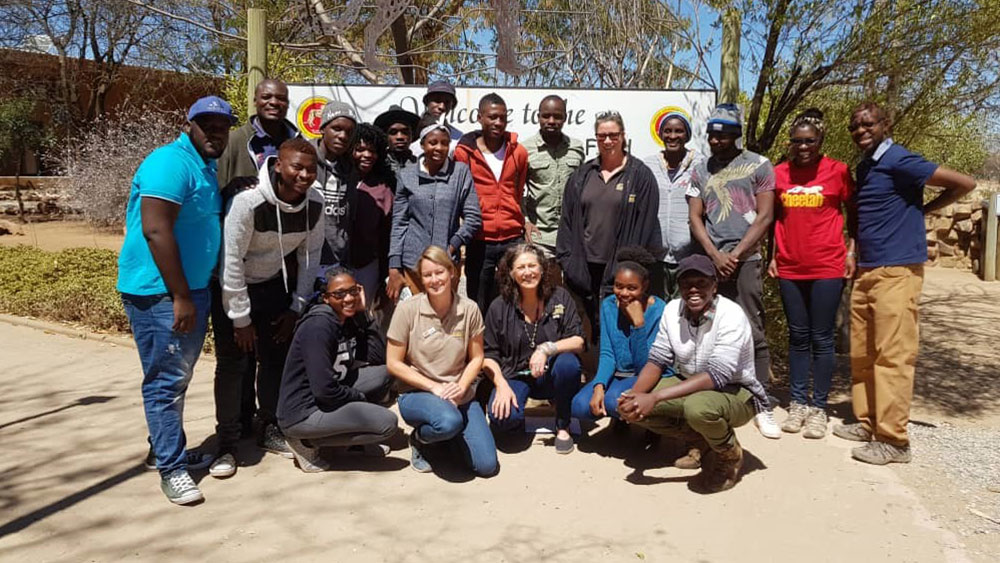
By Carolina Torres, Stijn Verschueren, Willem Briers-Louw, William Versfeld
This year we welcomed back the University of Namibia (UNAM), Department of Wildlife Management and Ecotourism students from the Katima Mulilo campus to participate in a five day practical session course at the Cheetah Conservation Fund (CCF). The course is a collaboration between Dr Ezequiel Fabiano (UNAM), Dr Anne Schmidt-Kuentzel (CCF) and the CCF Executive Director, Dr Laurie Marker. Fifteen students and their lecturer, Dr Ezequiel Fabiano, arrived on the 9th of September to settle in for their week long practical sessions in the fields of conservation genetics and ecology, hosted by the Life Technologies Conservation Laboratory and the Ecology department at CCF. Having previously been introduced to these fields through lectures, the students were now able to put their theoretical knowledge into practise.
The genetic component of the course started with an overview of the various concepts in conservation genetics, such as the importance of conservation genetics in species management which enables monitoring of a species health and diversity. In order to explain the monitoring methods of conservation genetics, we touched on two types of DNA (nuclear and mitochondrial) and the molecular tools that are made use of to decipher the previously mentioned DNA for conservation purposes. The presentations were followed by correct ways to sample and label collected biological material (invasive or non-invasive) in the field that is brought into the laboratory for processing, along with an overview about making use of microsatellite and mitochondrial sequences for conservation management in the days to come.

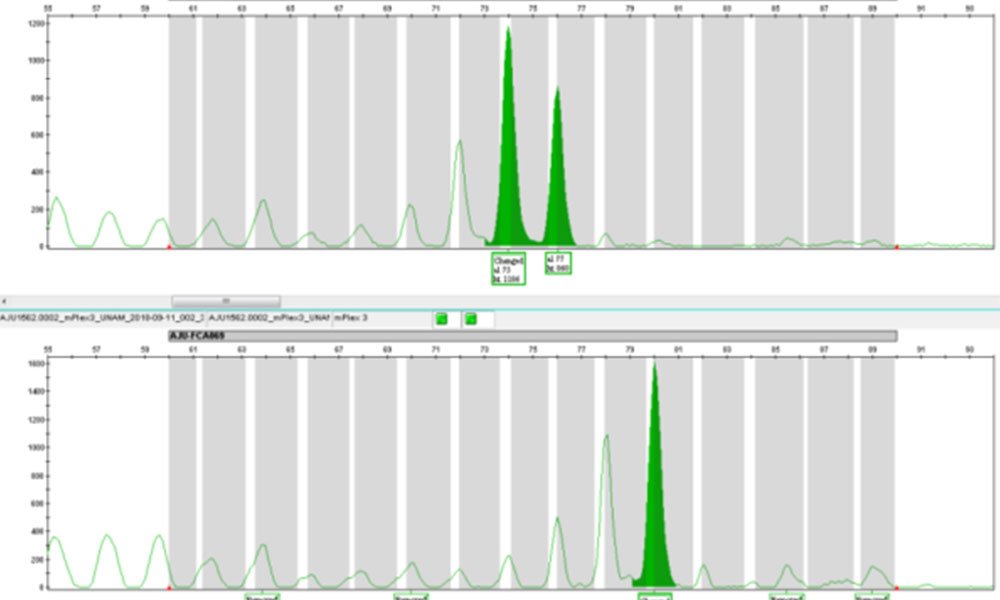
After various lectures the students were excited to begin the practical component in the laboratory. They started with the extraction of DNA from blood samples. After the extractions, the DNA was genotyped using microsatellites to individually genotype their samples.
In a wrap-up session following the practical the use of microsatellite markers for individual species identification was repeated and the basic mechanism of Sanger sequencing was explained which can be used to identify the species from non-invasively collected samples, by comparing the unknown sequence to a set of known reference sequences.
The ecology component started with a theoretical overview of ecology as well as human-wildlife conflict and their importance in conservation. Ongoing CCF projects within these subjects were discussed with the students, such as long-term wildlife monitoring, camera trap studies and reserve management. On the human-wildlife conflict side, the ecology team taught the students about how CCF works together with farmers to train them on integrated predator and livestock management and to find solutions to mitigate livestock losses and retaliatory killings of predators. A brief background was given about the Greater Waterberg Landscape and how it includes the Waterberg Plateau National Park, freehold farmland and communal farmland. Additionally, students had a theoretical session about CCF’s ongoing effort to release cheetahs back into the wild and how they are monitored post-release with GPS/VHF tracking collars – the aim of this is to maintain a genetically viable cheetah population throughout Namibia.
Students also had practical sessions building on the theoretical component. They conducted fieldwork by doing different types of counts such as spoor, pellet and birds. With this information they practised on analysing data and interpreting results. On the other hand, there was a practical session on the use of tracking technologies, which they enjoyed very much. The ecology team also took the student group on a night drive through CCF’s reserve to familiarize them with cryptic and nocturnal species. The night drive ended with a nice and rare sighting of a brown hyena.
The students further had the opportunity to observe the feeding of the resident cheetahs and see them in full action during the cheetah run. They further met our scat detection dogs and handlers for a demonstration how these animals can help to find scat samples from wild carnivores in the field (example of non-invasive sampling).
The Ecology, Genetics, Dog & Cheetah teams worked hard to make this hosted UNAM course a success. The students grasped the concepts of conservation genetics and ecology, along with the importance of both fields to conservation management plans for Namibia. The Cheetah Conservation Fund is looking forward to welcome back a new group of students in 2019.
Presentations and practicals were given by William Versfeld (Senior Laboratory technician), Monika Nanghama (Genetics Laboratory Assistant) Matti Nghikembua (Senior ecologist), Willem Briers-Louw (Ecologist), Carolina Torres (Conservation scientist), Stijn Verschueren (Ecology researcher), Eli Walker (Curator), Tim Hofmann (Scat Dog Handler, Research Manager & Coordinator), Quentin de Jager (Scat Dog Handler and Trainer), Linus Mujiwa (Animal Assistant), Becky Johnston (Cheetah Keeper and Studbook Assistant), Lora Allen (Head of Cheetah Department) and Ezequiel Fabiano (UNAM), and a CCF historic and future overview by Dr. Laurie Marker.
Related Reading
-
June 1, 2020
Two Trainings at CCF -
May 11, 2020
How Cheetahs Check Their Messages?


